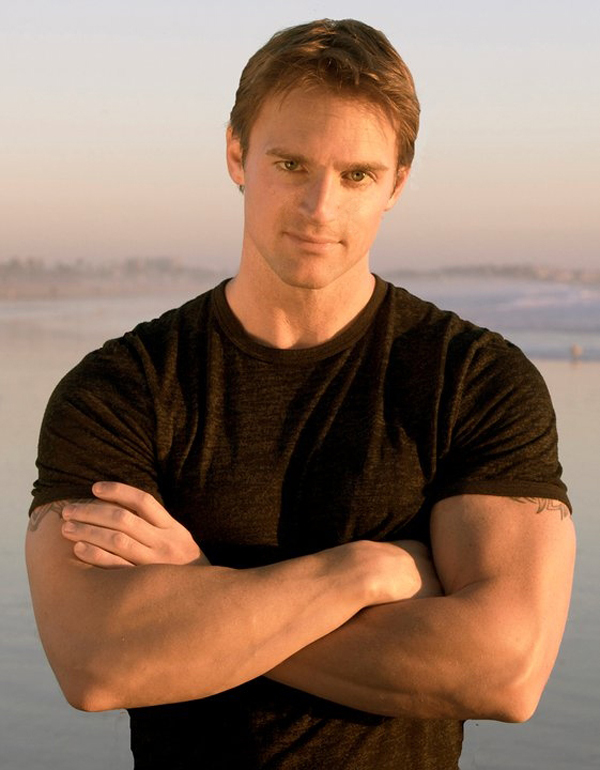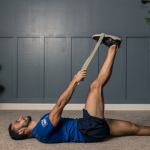We all know what overtraining is and how it should be avoided at all costs, right? Overtraining can result in the loss of strength and muscle mass accompanied by increased risk of injury. Even more, it often includes emotional symptoms similar to depression and can really just wreak havoc on the body’s immune system. This is all pretty serious stuff and no laughing matter—breaking out of an overtraining period can be really tough sometimes.
But what about ‘controlled’ overtraining? What if we could take ourselves right to the ‘edge’ of overtraining and then introduce something new to prevent us from actually reaching the point of overtraining?
Well I can tell you that such an animal exists and it’s called Accumulation and Intensification. Essentially, this is another way of saying “controlled overtraining.” The basic idea is that you gradually build up your training volume while decreasing rest periods until you hit overtraining. This high level of training (right before overtraining) is where FAST results can be achieved. When you hit this level, you then switch up to low-volume, longer rest-period training, which can dramatically increase strength as your body recovers from the higher-volume training. It’s a killer framework that has been proven effective by top-level coaches and trainers for years. Let’s take a closer look.

The approach has been around for a very long time and has been used by some well-known bodybuilding names including Charlies Poliquin and Charlie Francis. It was also very popular among the world famous bodybuilding coaches in the former Eastern Bloc nations. There has also been quite a lot of research done on this approach so there’s some sound science behind it.
The entire approach is really pretty simple—for several weeks you pump up your workload by increasing your training volume while decreasing your rest period between sets almost until you get to the point of overtraining. This is what’s known as the ‘accumulation’ phase—you’re increasing the demand on your body every day.
Once you get to the point of overtraining, it’s time to back off by reducing the training volume and increasing the rest periods between sets. While you’re doing this, you also start using heavier weights. This is the ‘intensification’ part of the approach. The purpose of the intensification component is to move you towards ‘under training.’ This under training phase allows your body to fully recover from the accumulation and intensification phases before you kick it back up again and start all over. During the under training phase, you really cut back on your training.
There are a variety of different exercise approaches you can use during the accumulation phase. The important thing to remember is that this is a period during which you’re focusing on doing higher volume and fewer reps with weights lighter than what you would otherwise be using.
You also need to keep your rest periods shorter during the accumulation phase than you would in an ordinary training phase. As you move through the accumulation phase, you can push your body towards overtraining by increasing the number of reps and reducing the rest periods between sets. You can increase the weight too but only do so when you’ve increased the number of reps you’re doing by about 20%–and then only increase your weight by no more than five percent.
During the next phase, the workouts are going to get a lot more ‘intense,’ which is of course where the name ‘intensification’ comes from. The goal of this phase is to take a lower-volume, higher-intensity approach to training. You’ll want to do fewer sets, using more weight to really build up your size and strength. In comparison to the accumulation phase, your rest periods will be longer.
The de-loading or under training phase of accumulation and intensification is where your body finally gets the break it’s been craving. This part is absolutely essential because your body needs the time to rest and recover. Depending on each individual, the under-training phase will last two to three weeks. For most guys, two weeks of de-loading is sufficient but it will vary from one person to the next. It’s important to note that this phase isn’t a ‘vacation’ and it’s not a free license to go to the gym and hang around chatting with your buddies. You still need to work out, but at a significantly lower intensity than either of the two previous phases.
This is a basic overview of the accumulation and intensification approach to training. If you’re looking for something different that will yield excellent results, you might want to give this one a try. In fact fellow trainer Nick Nilsson is the author of a muscle mass building program called Mad Scientist Muscle which lays out a nice workout schedule for you based on this training principle.

You can incorporate accumulation and intensification in your workout by checking out Nick’s program at: http://www.madscientistmuscles.com































Awesome post tim, it’s been a long-time since I’ve been on here. I see that nobody has lost their passion. Good to be back.